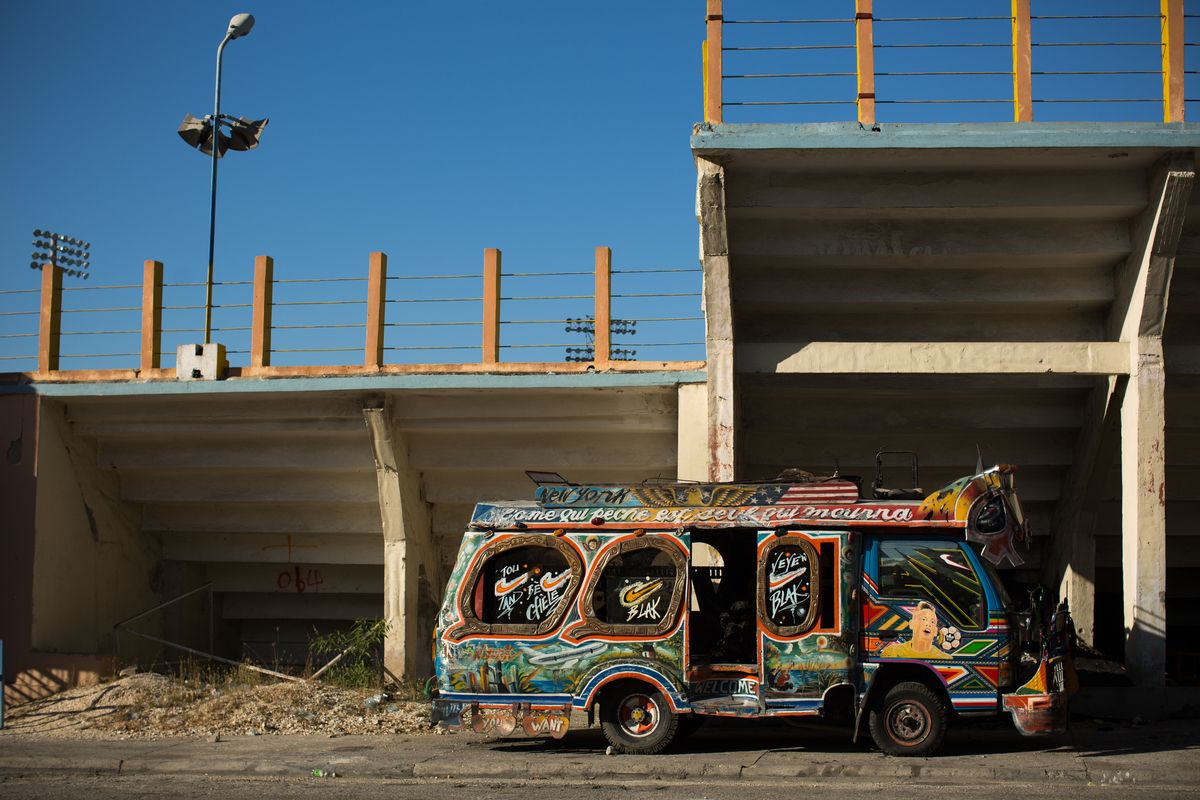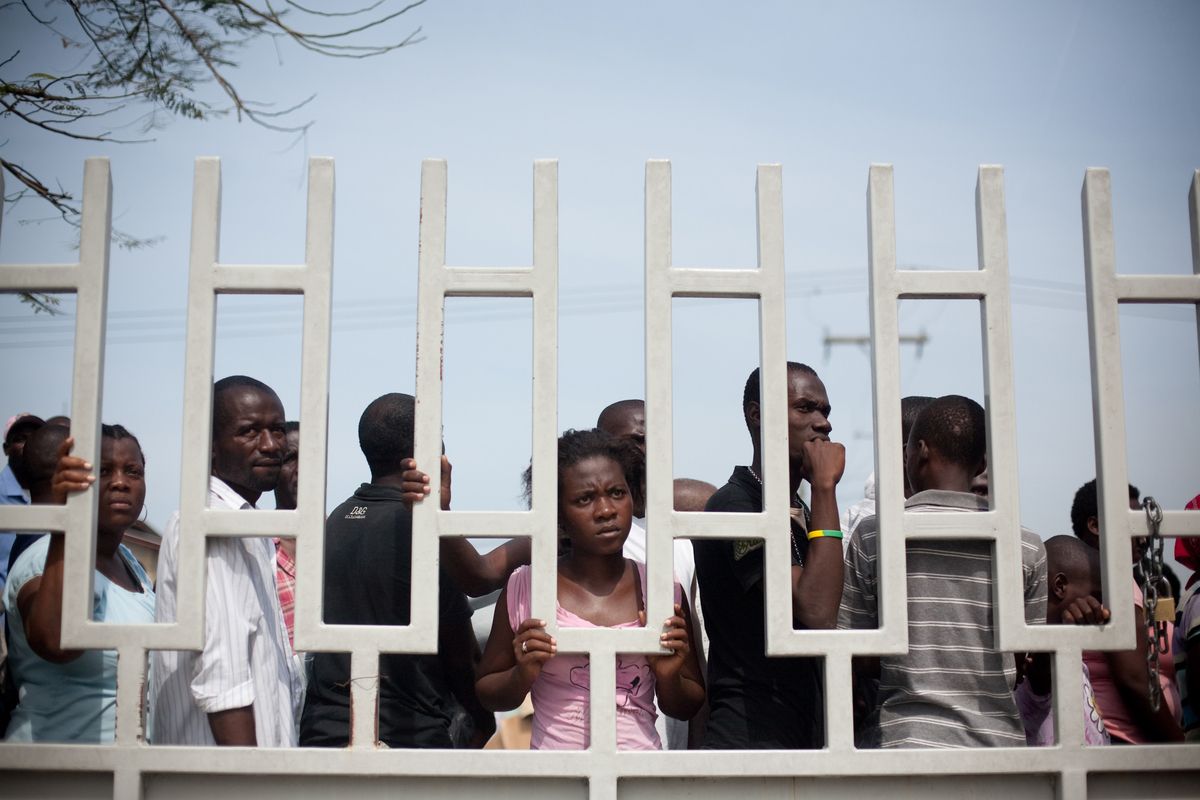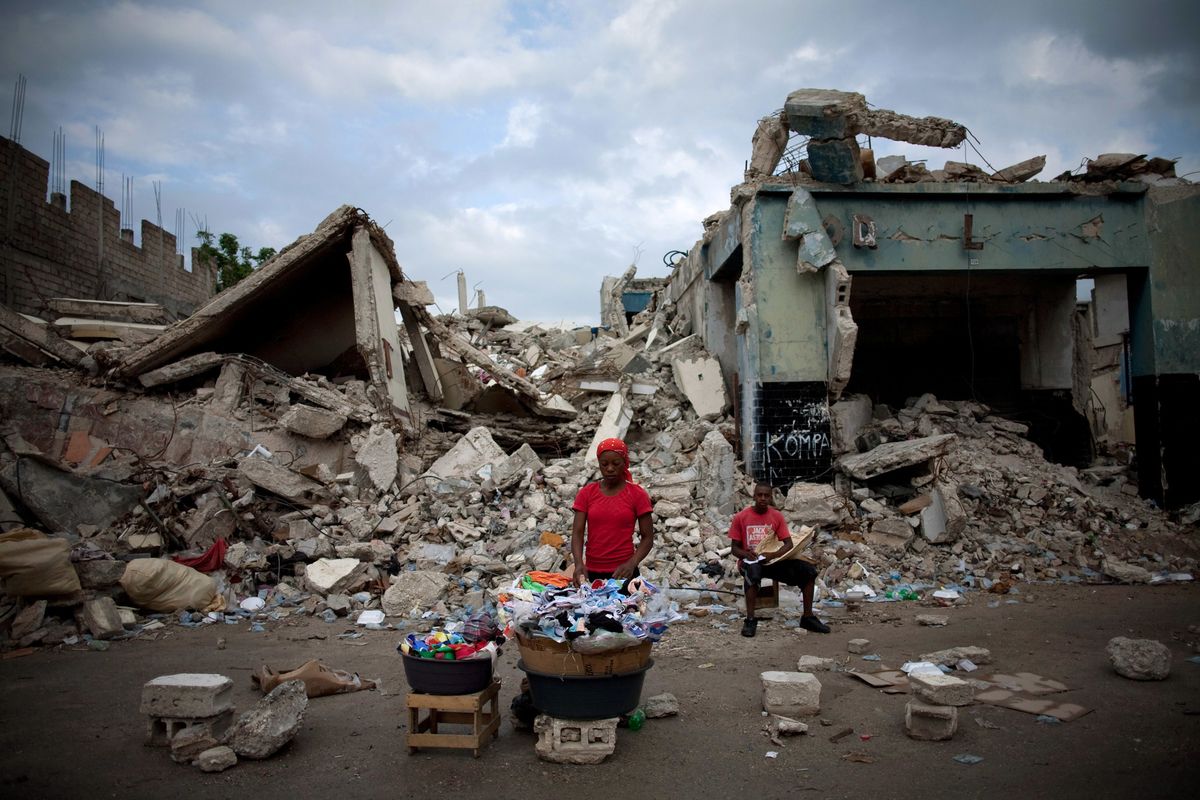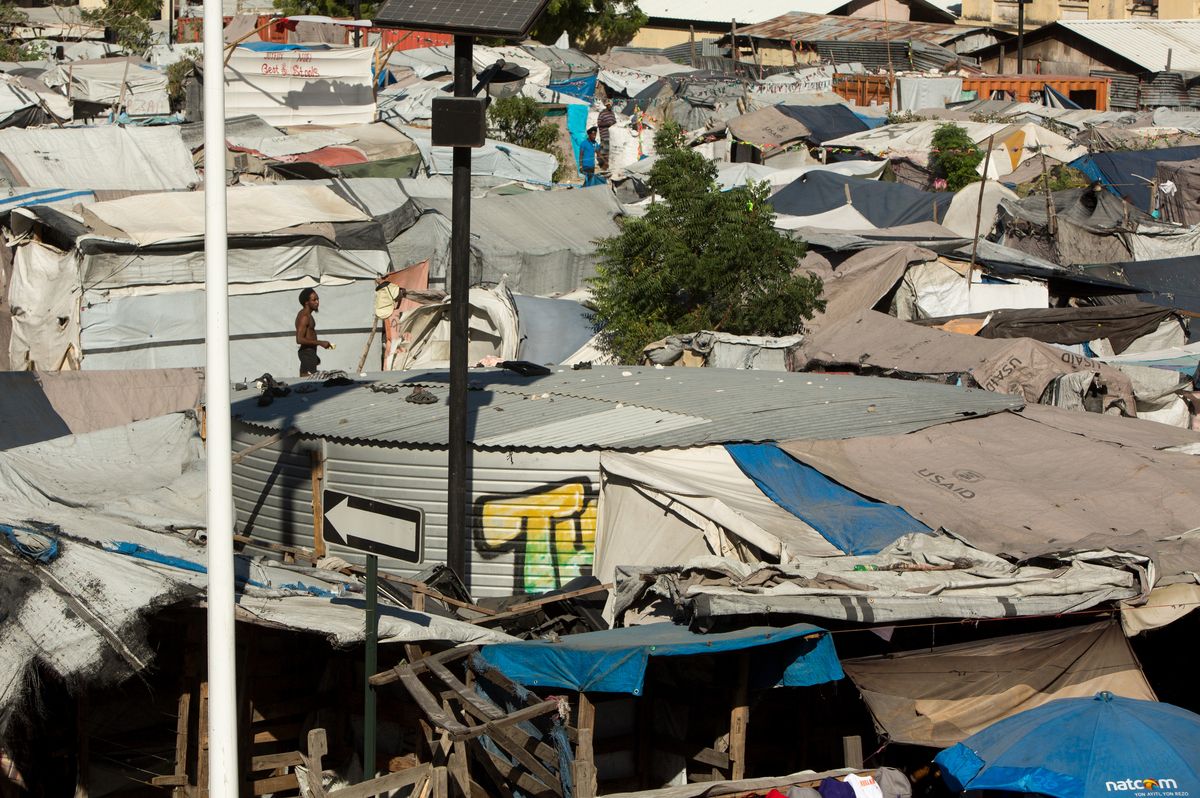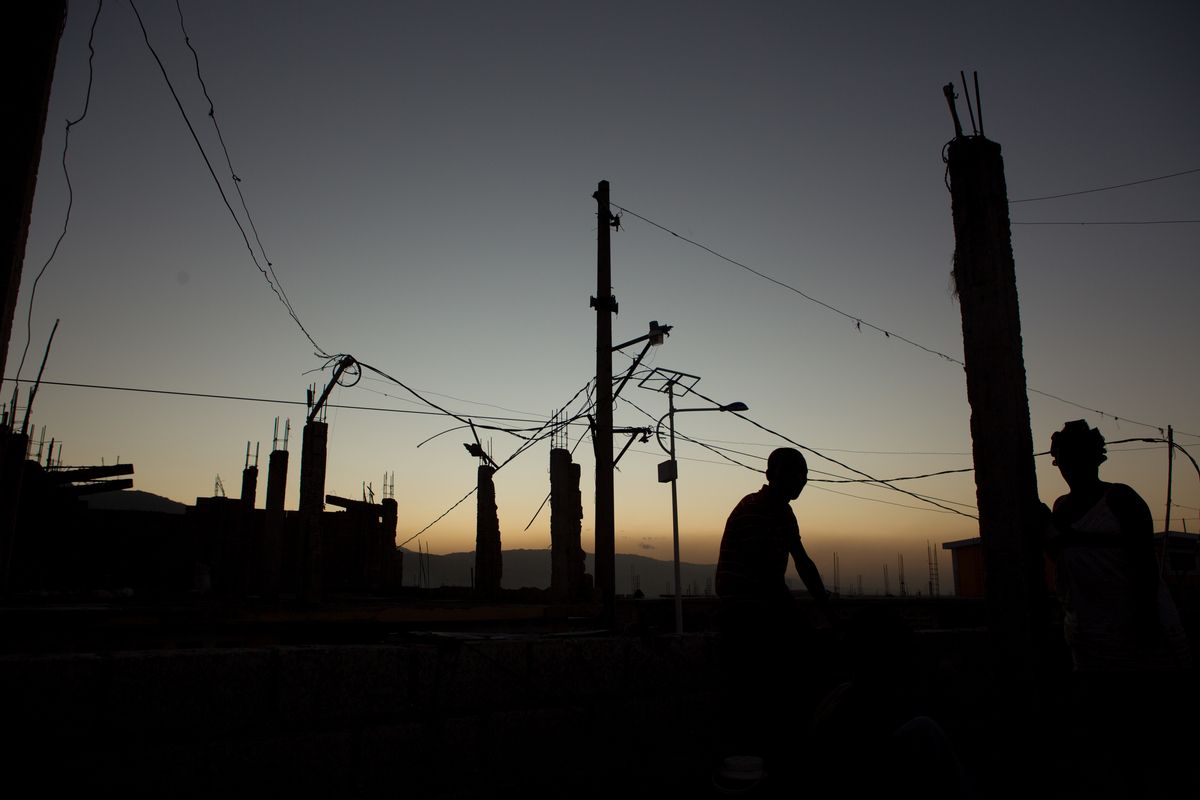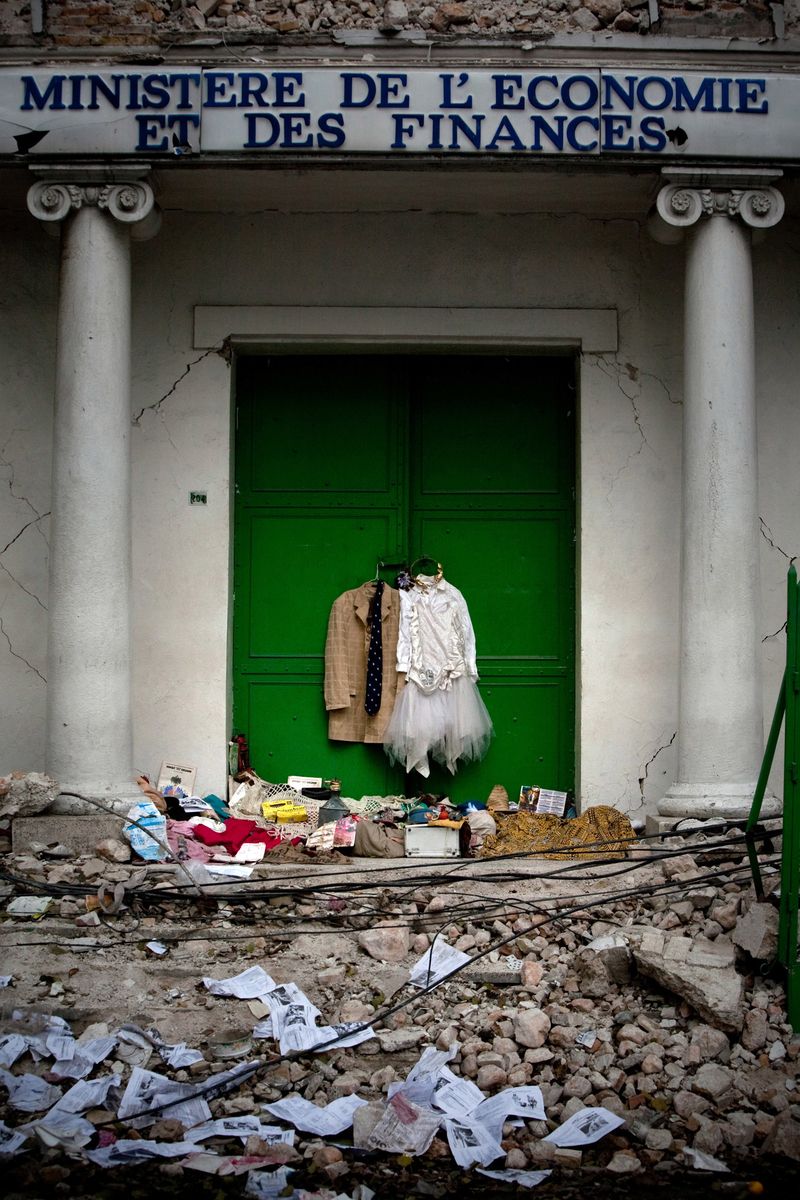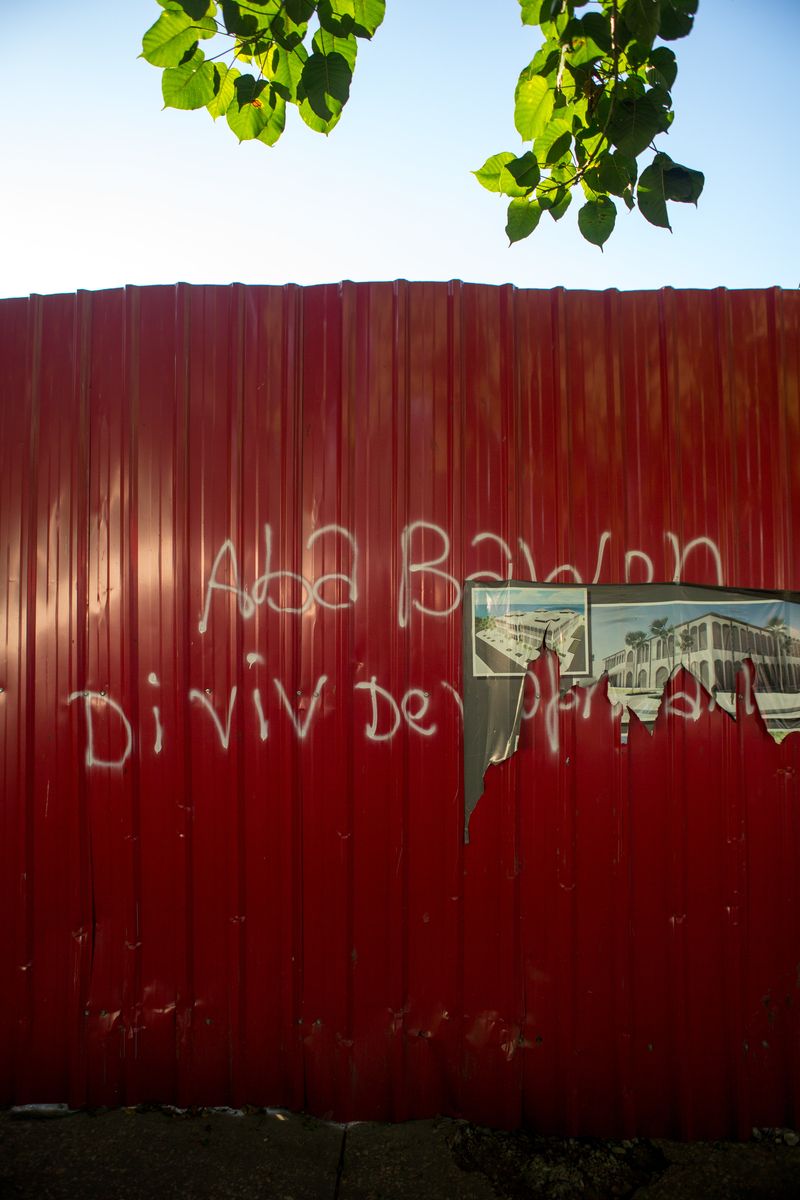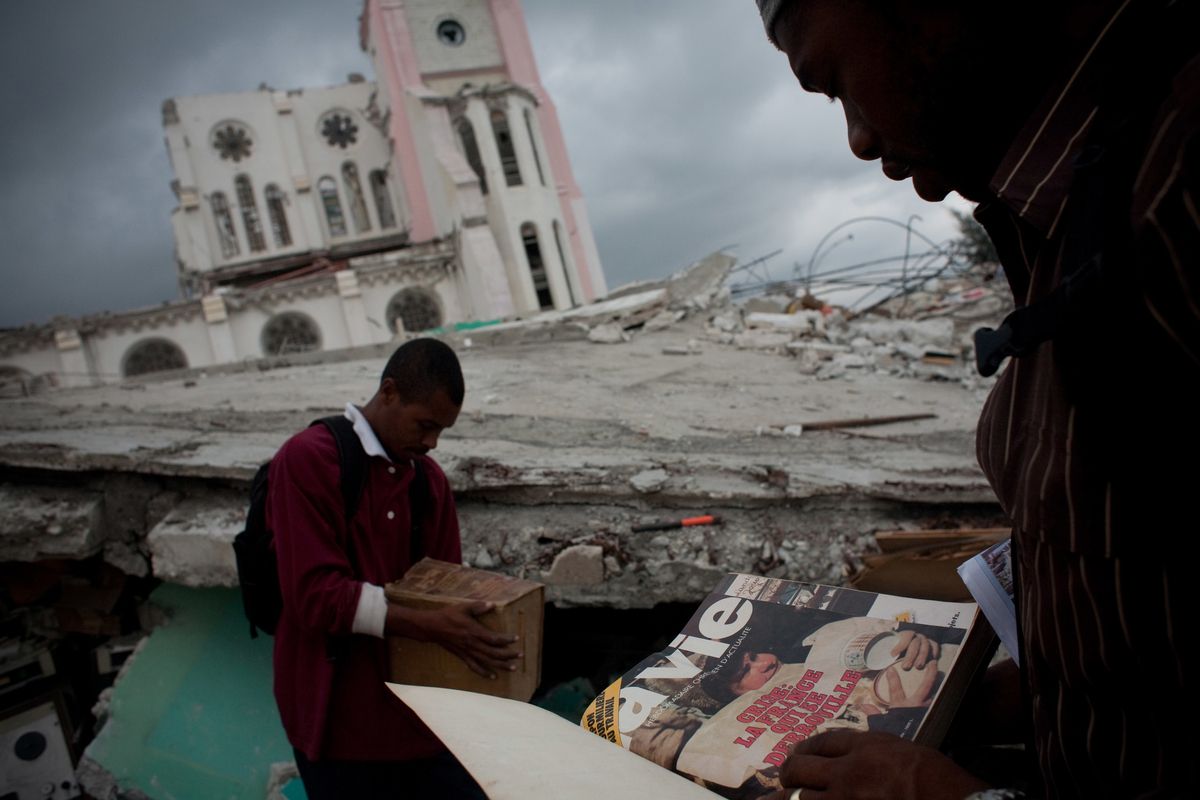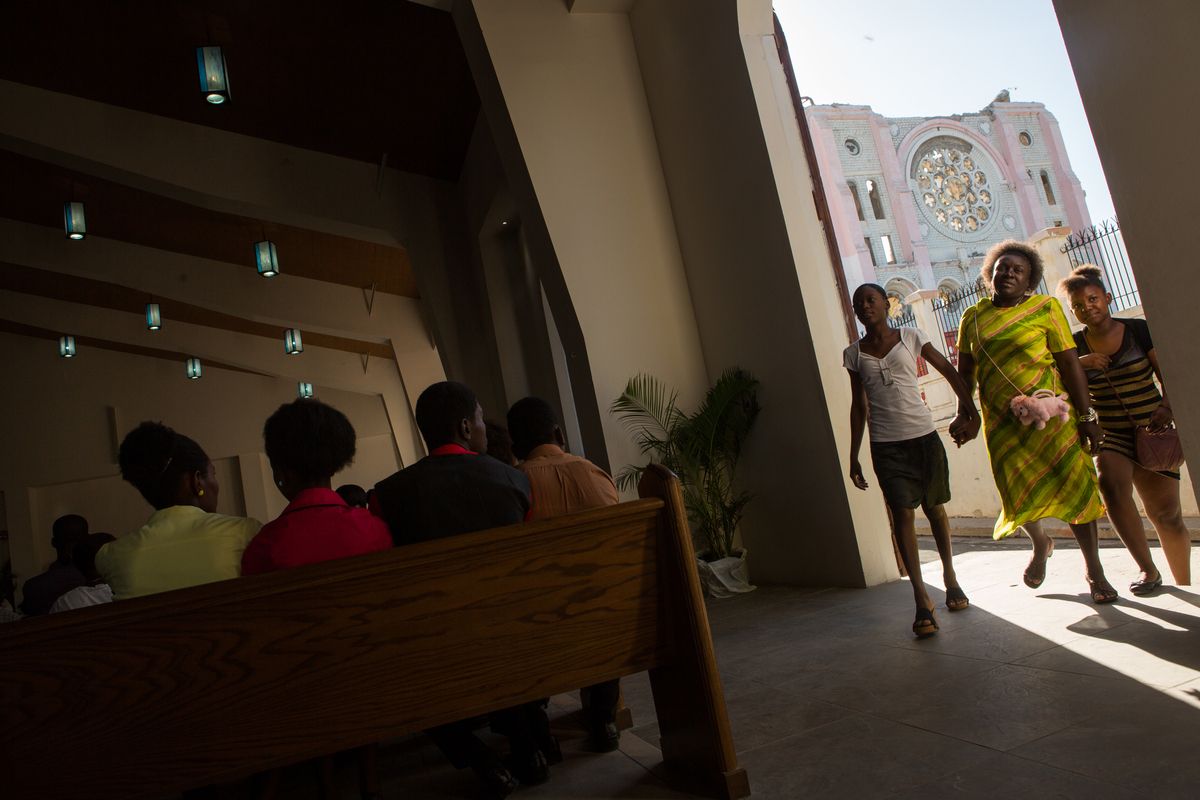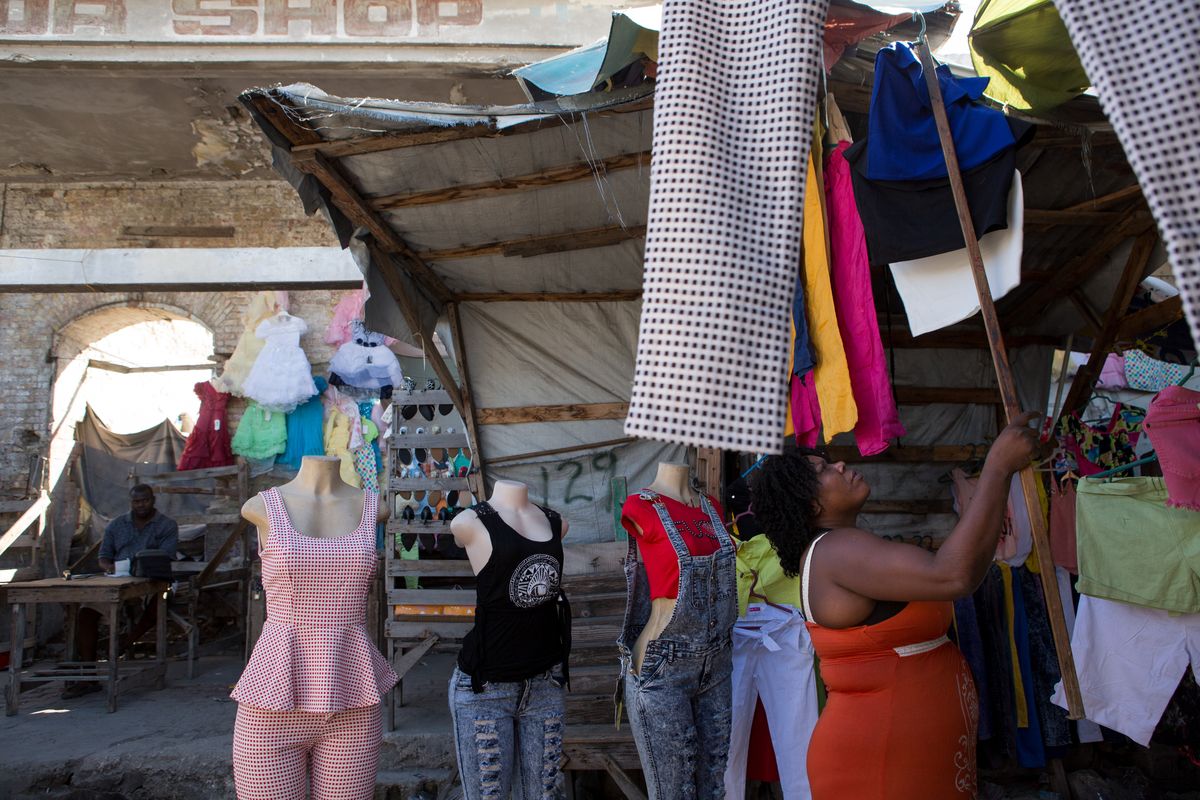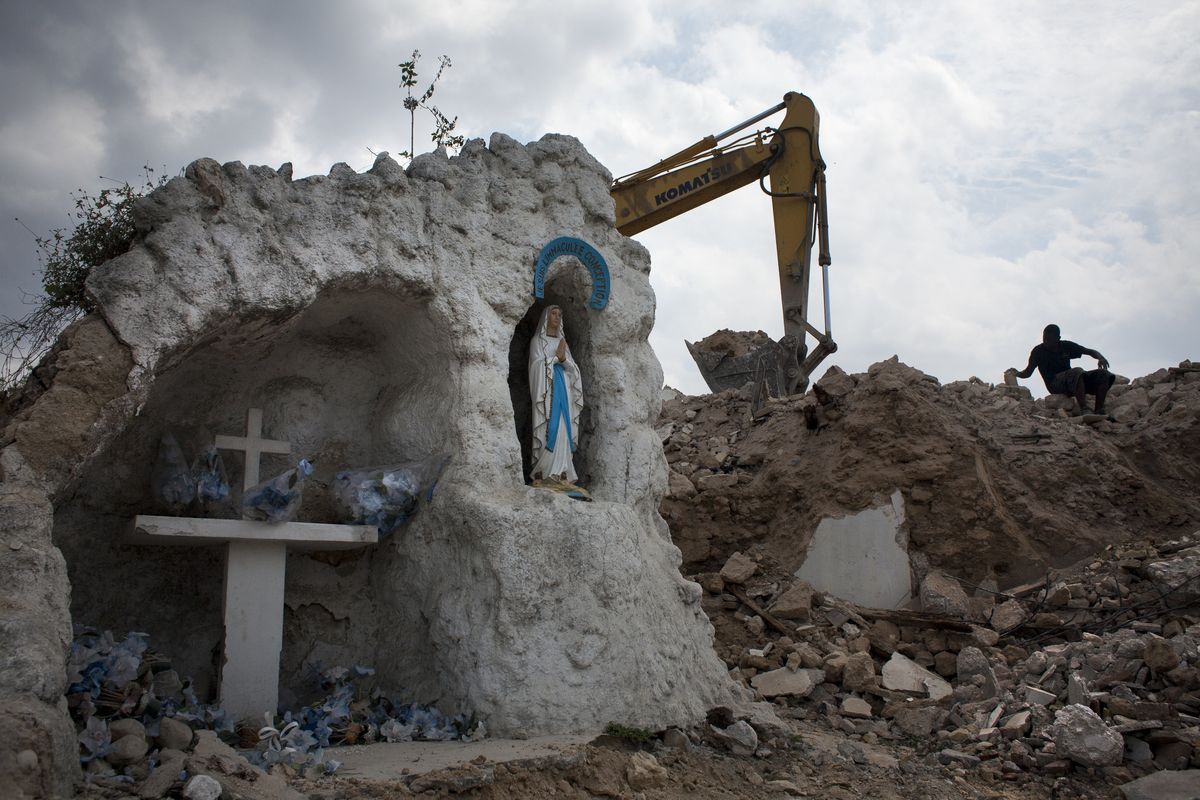Sparkling white walls, palm trees, and a gazebo paint a serene mask on the hospital in Gressier, an oceanfront town 22 kilometers south of the Haitian capital, Port-au-Prince.
“At first look you see it’s beautiful,” said Vaudrise Paul, a 31-year-old midwife in charge of the maternity ward. “But if you come in, you see it’s so small, there’s no equipment, there’s no staff.”
The hospital is five years old, built after the powerful earthquake that rocked Haiti on January 12, 2010. In the aftermath, charities and nonprofits rushed to Haiti’s aid in an expensive and broadly disappointing relief effort. I went to Gressier in May at the suggestion of Dr. Reynold Grand Pierre, Director of Family Health at the Ministry of Health. I was exploring new programs to improve maternal care; Pierre had spoken with such vitriol about the broken, disjointed system of healthcare that both depended on and was destroyed by the global charity sector. He told me Gressier was an understaffed mess, but when I arrived it felt serene and perfect, cooled with sea breezes from the beach down the road.
As I entered the verdant grounds, I wondered if the minister had been sending me on a goose chase to undermine my reporting. I shouldn’t have doubted though.
In the aftermath of the earthquake there have been countless picturesque projects on this gorgeous Caribbean island — shells of schools with no teachers, gleaming new hospitals with no staff. Many charities have come and gone, and even those that stay largely have short-term contracts. My motorcycle driver, Junior, told me his wife had birthed each of her three children since the earthquake in a different clinic — following a word-of-mouth network about ever-shifting programs and projects to find affordable options for her deliveries. The strings of these myriad distinct programs do not knit into a safety net for Haiti, and mothers are left to advocate for themselves.
Allyn Gaestel is a recent Pulitzer Center grantee. Read her full story here.

